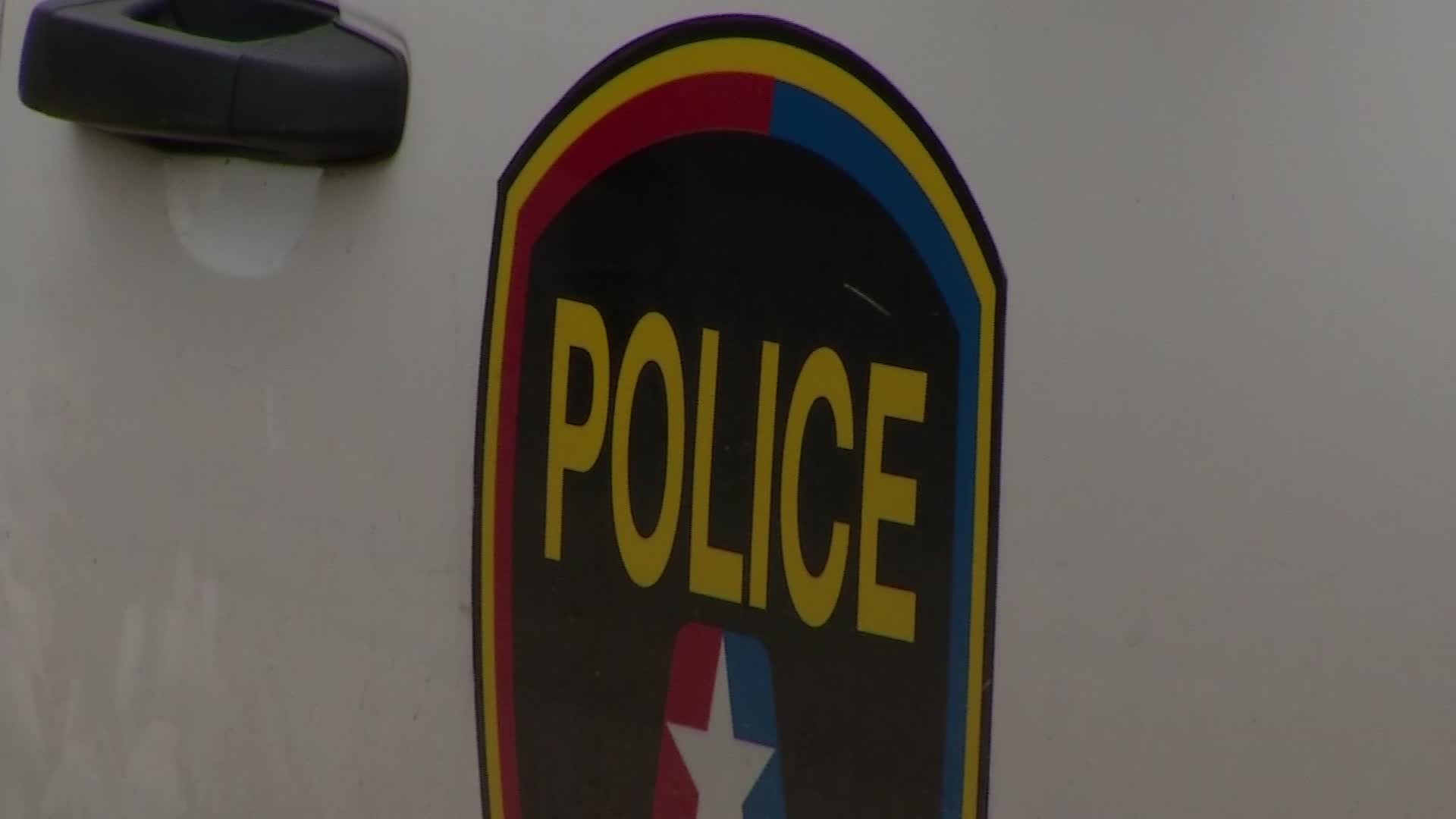In a desolate, quiet field in Tahoka, a tiny town of about 2,600 people outside of Lubbock, engineers intentionally blow up mock buildings with the ironic, yet ultimate, purpose of protection.
Several times a year, experts from Architectural Testing test blast-resistant glass to see how it will respond to bombs; the goal is to make sure the glass will protect people inside a building in the event of an explosion.
Blast-resistant glass is a special type of glass. Think of it as a sandwich, with two pieces of glass held together by a tough, inner layer of plastic. When and if a bomb goes off, the plastic holds the glass together and keeps the chards from becoming projectiles that can injure people. Often times in an explosion it is flying glass that causes many of the injuries.
“These windows have been designed to resist a certain shock wave and it’s our job to reproduce that shockwave here,” explained John Waskow, director of regional operations for Architectural Testing.
After the 1995 bombing of the Alfred P. Murrah Federal Building in Oklahoma City, which killed 168 people and injured hundreds more, the federal government developed tiered security standards for its facilities. It based these standards, among other things, on the size of the building, the number of occupants and the perceived threat level.
Safety measures, like blast resistant glass, were put in place in some cases.
In the Metroplex, there are more than 130 federally-occupied buildings. But citing security, the government would not reveal which have blast-resistant glass and what safety measures are in place at each facility.
Local
The latest news from around North Texas.
“I tell my clients, ’If I do my job right, you won’t notice the protective measures in there,’” said engineer Darrell Barker, vice president of extreme loads and structural risk at ABS Consulting in San Antonio.
Barker does terrorist threat assessments on high-profile and government buildings all across the United States.
“Protecting against glazing hazards is probably the number one protective measure that’s installed in buildings,” Barker said.
Some private buildings also may have blast-resistant glass installed. Again citing security, building management companies often don’t discuss these safety measures.
But Barker said some reasons private companies may opt for blast-resistant glass are if the buildings are located near a landmark which could be a terrorist target, or if they’re high-profile themselves. Overseas, schools and military bases may also use it.
“That’s the nature of terror,” said Moty Emek, who designed the window anchors being tested in Tahoka. “It may be anywhere.”
And even in the DFW area, the threat is real.
In 2009, the FBI foiled a bomb plot at Dallas’ Fountain Place, a 60-story skyscraper which stands as a landmark building on the city’s skyline. Hosam Smadi, a Jordanian citizen, was arrested. According to the arrest affidavit, he told an undercover agent one of the reasons for choosing Fountain Place, it had a bank, and “the bank’s exterior is made of glass.”
Smadi was convicted and is now in jail serving a 24-year sentence.
55 Pounds of TNT
The day NBC 5 visited the testing site in Tahoka, far away from the bustle of businesses and residents, the engineers set off two 55-pound TNT bombs to test one company’s blast-resistant windows.
The testing costs more than $100,000, but experts said it’s worth it to rule out design flaws and save lives. Everything from where the bomb is located to how the windows are anchored is meticulously calculated and prepared.
The bomb is placed at a precise location outside of what’s called a witness room, basically a large concrete box with windows, which represents an office building. It’s equipped with sensors and high speed cameras. They help the engineers see how the windows perform under the stress of an explosion.
The crew waits about a quarter mile away while the explosion detonates. The force is so strong they can feel it even from afar.
Afterward, the team returns to the witness room to analyze the windows, see how many chards of glass they find and where they find them. That helps determine how the glass is rated.
Once tested and approved, these blast-resistant windows, which cost about 30-percent more than traditional ones, will likely be sold to the U.S. military, according to Emek.
“If you can decrease the number of casualties by 90 to maybe 99 percent by paying some extra money, which is not huge, then it’s worth the cost,” Emek said.
And while their main purpose is to offer protection in an explosion, blast-resistant glass may also protect against flying debris in severe wind storms.
Still, few people in major metropolitan areas know what type of glass is installed in the buildings they walk past or drive past every day. And the hope is they never will need to know.
“It’s nice to know that these products are being installed and bought by people, so I mean feel safer, but I’m sure many people just walk on by and don’t think about it,” said Daniel Simmons, the project manager.



